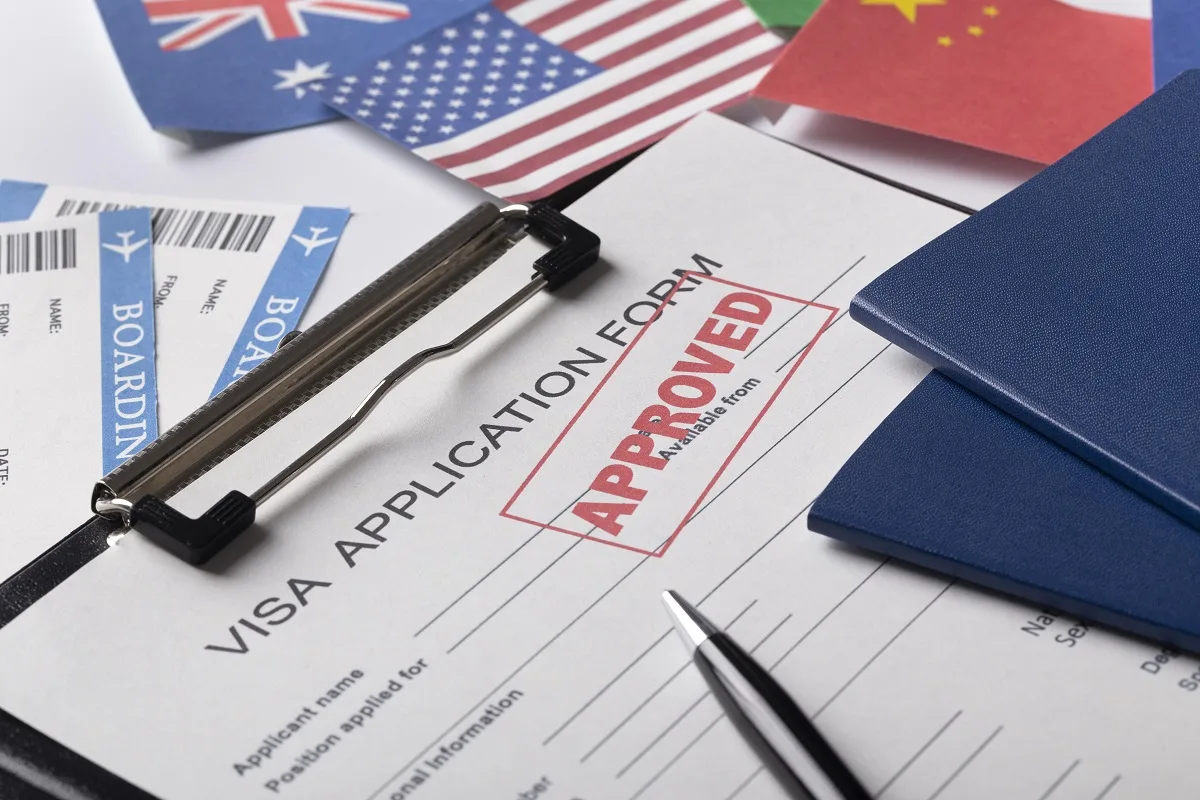
Thinking about studying in Canada? You’re not alone. Canada has become a top destination for international students, offering world-class education, diverse cultural experiences, and post-graduation opportunities. However, before you can pack your bags and head north, you’ll need to secure a Canadian student visa, also known as a study permit. In this guide, we’ll walk you through every step of the Canadian student visa application process so that you are well-prepared and confident in your journey towards studying in Canada.
Research and Preparation
Choose Your Program and Institution
Before diving into the application process, it’s crucial to identify the academic program and institution where you plan to study.
- Select a Designated Learning Institution (DLI): Ensure the school or university is on the list of DLIs (https://www.canada.ca/en/immigration-refugees-citizenship/services/study-canada/study-permit/designated-learning-institutions-list.html).
- Program Suitability: Research programs that align with your academic and career goals.
- Language Requirements: Most institutions require proof of English or French proficiency. Tests like IELTS, TOEFL, or DALF are commonly accepted.
Check Eligibility Criteria
Understanding the eligibility requirements is essential to avoid any potential pitfalls.
- Acceptance Letter: You must have an acceptance letter from a DLI.
- Financial Support: Demonstrate sufficient funds to cover tuition fees, living expenses, and return transportation.
- Clean Background: Some applicants may need to provide police clearance and undergo a medical exam.
Gathering Required Documents
Compiling the necessary documentation is a critical step in your visa application.
Proof of Acceptance
- Acceptance Letter: Obtain an official acceptance letter from your chosen DLI. Make sure it includes key details like tuition fees, course duration, and start date.
Proof of Identity
- Passport: A valid passport, with a duration extending at least six months beyond your planned stay.
- Photos: Two recent passport-sized photos adhering to Canadian visa specifications (https://www.canada.ca/en/immigration-refugees-citizenship/services/application/application-forms-guides/photograph-requirements.html).
Proof of Financial Support
- Bank Statements: Recent bank statements showing sufficient funds.
- Scholarship Letters: Official letters if you have scholarships or financial awards.
- GIC (Guaranteed Investment Certificate): For some applicants, particularly those from India and China, a GIC is required.
Additional Documents
- Medical Exam: If necessary, a medical exam conducted by a panel physician approved by IRCC.
- Police Clearance Certificate: Depending on your country of origin and the length of your stay.
Application Submission
Online vs. Paper Application
Decide whether you want to apply online or via a paper application. Online applications are generally faster and allow you to easily track your progress.
Filling Out the Application
- Forms: Complete the relevant forms, including the Study Permit Application Form (IMM 1294) (https://www.canada.ca/en/immigration-refugees-citizenship/services/application/application-forms-guides/application-study-permit.html).
- Letter of Explanation: This letter helps the visa officer understand your goals and commitment to leaving Canada after graduation.
Paying Fees
- Application Fee: Generally CAD 150, payable online.
- Biometrics Fee: Approximately CAD 85, if required.
After Submission
Biometrics and Interview
- Biometrics: If requested, you’ll need to provide fingerprints and photos at a biometric collection service point.
- Interview: In some cases, you may be asked to attend an interview. Prepare by reviewing your application and practicing common questions.
Tracking Your Application
- Online Account: If you applied online, you can track your application status using your online account.
- Email Notifications: Regularly check your email and Junk/Spam folders for updates from IRCC.
Upon Approval
Study Permit and Entry
- Entry Requirements: Bring your passport, acceptance letter, proof of funds, and any other necessary documents.
- Port of Entry: Upon arrival, a border services officer will issue your study permit.
Conclusion
The Canadian student visa application process may seem daunting, but breaking it down into manageable steps can make it more straightforward. Remember to stay organized, meet all deadlines, and seek professional guidance if needed. Soon, you’ll be on your way to experiencing all that Canada has to offer as an international student.
“Patience and perseverance pay off. The journey to studying in Canada starts with understanding and successfully navigating the visa process.”
By following this guide carefully, you’ll be well on your way to securing your Canadian student visa and embarking on an exciting academic journey. Safe travels and good luck!
Sources:
- Canadian Government website on Student Visas
- Designated Learning Institutions List
- Photograph Requirements
Related Articles:
-
Understanding the Living Costs for Students in Canada
-
Best Post-Graduate Courses in Canada for International Students
-
How to Study in Canada Without IELTS – Powerful Guide







